Introduction
Hydroxypropyl Methyl Cellulose (HPMC) is a versatile chemical additive widely used in the construction industry for its exceptional performance in cement mortars, tile adhesives, and plaster formulations. As a modified cellulose ether, HPMC enhances the workability, water retention, and adhesion properties of construction materials, making it an indispensable component in modern building practices. This article provides an in-depth analysis of HPMC's technical specifications, applications, and the company behind this innovative product, Shijiazhuang Gaocheng District Yongfeng Cellulose Co., Ltd..
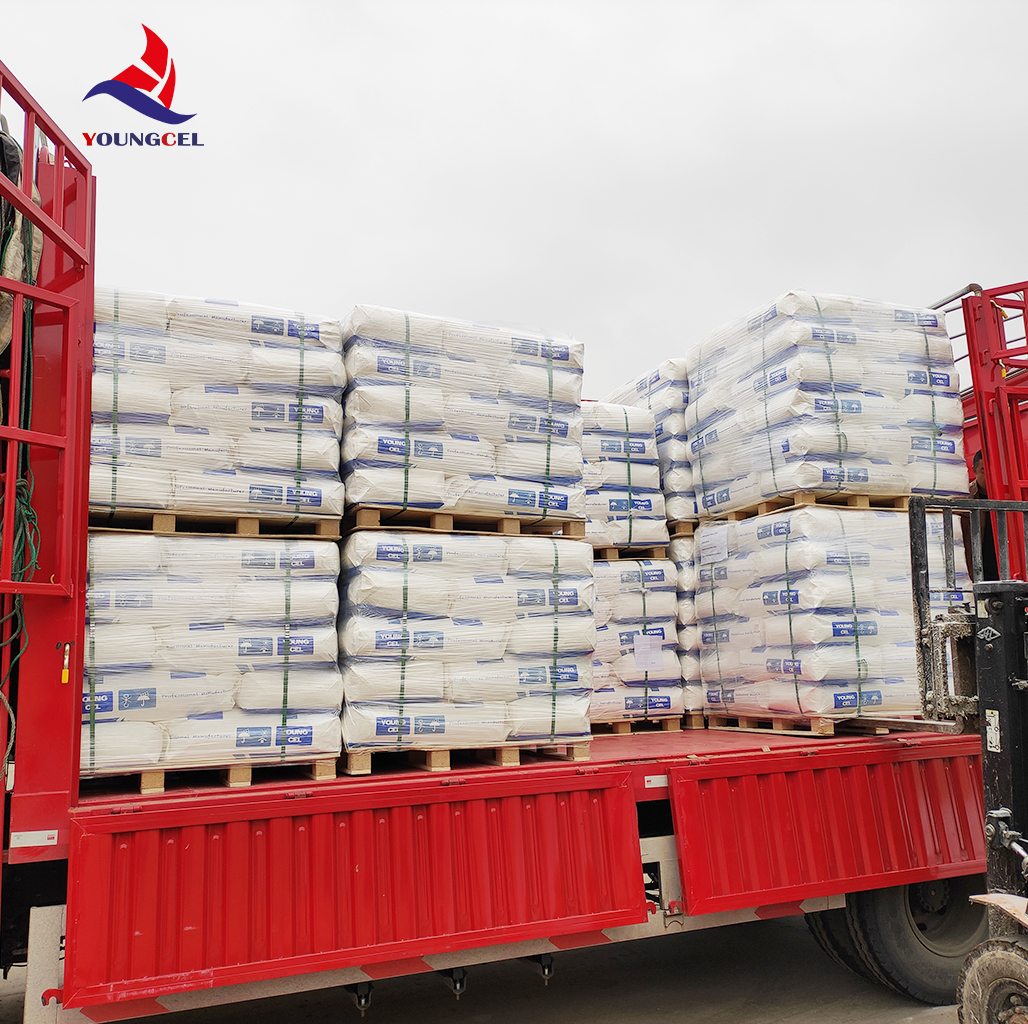
Product Overview
HPMC, also known as hydroxypropyl methyl cellulose, is derived from high-purity cotton fibers through a specialized etherification process under alkaline conditions. This chemical compound is characterized by its white or milky white powder appearance, with a fine particle size distribution and excellent solubility in water and certain solvents. Its unique molecular structure provides a range of functional properties, including thickening ability, salt resistance, pH stability, and superior water retention.
HPMC is a critical additive in construction materials, offering enhanced dimensional stability, film-forming capabilities, and mildew resistance. Its applications span across cement mortars, ceramic tile adhesives, refractory coatings, and gypsum slurry formulations. The product's versatility makes it a preferred choice for professionals seeking to optimize the performance of their construction materials.
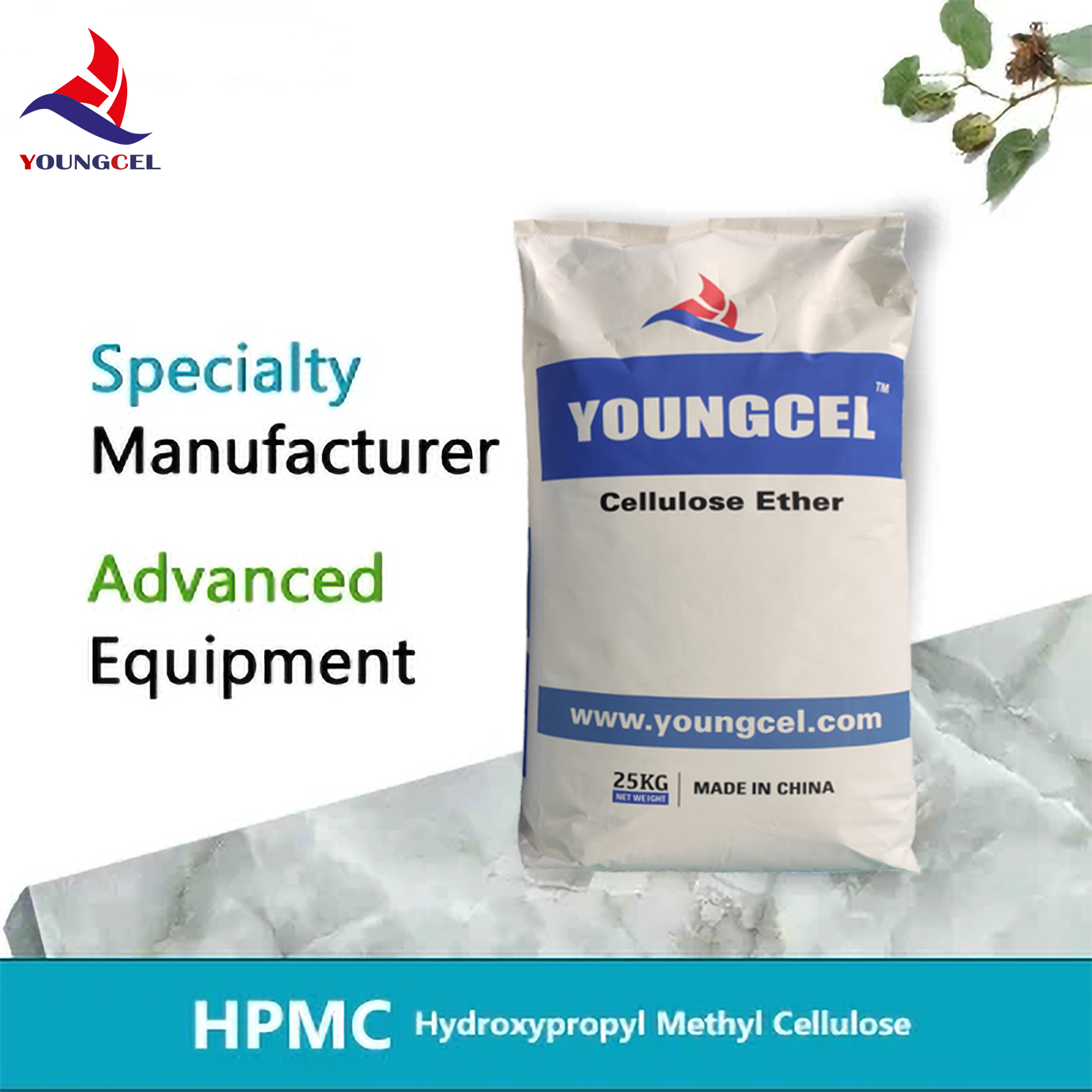
Technical Specifications
| Parameter | Specification |
|---|---|
| Appearance | Milky white or white powder |
| Carbonization Temperature | 280-300 °C |
| Color Temperature | 190-200 °C |
| Particle Size | 100 mesh: >98.8%; 80 mesh: 99.9%; Special: 40-60 mesh |
| Apparent Density | 0.25-0.70 g/cm³ (typically 0.5 g/cm³) |
| Specific Gravity | 1.26-1.31 |
| Solubility | Soluble in water and solvents like ethanol/water or propanol/water mixtures |
The technical specifications of HPMC highlight its suitability for demanding construction applications. Its high solubility and particle size distribution ensure uniform dispersion in aqueous solutions, while its thermal stability allows it to maintain performance under varying environmental conditions. The product's ability to form transparent, stable solutions further enhances its utility in construction materials.
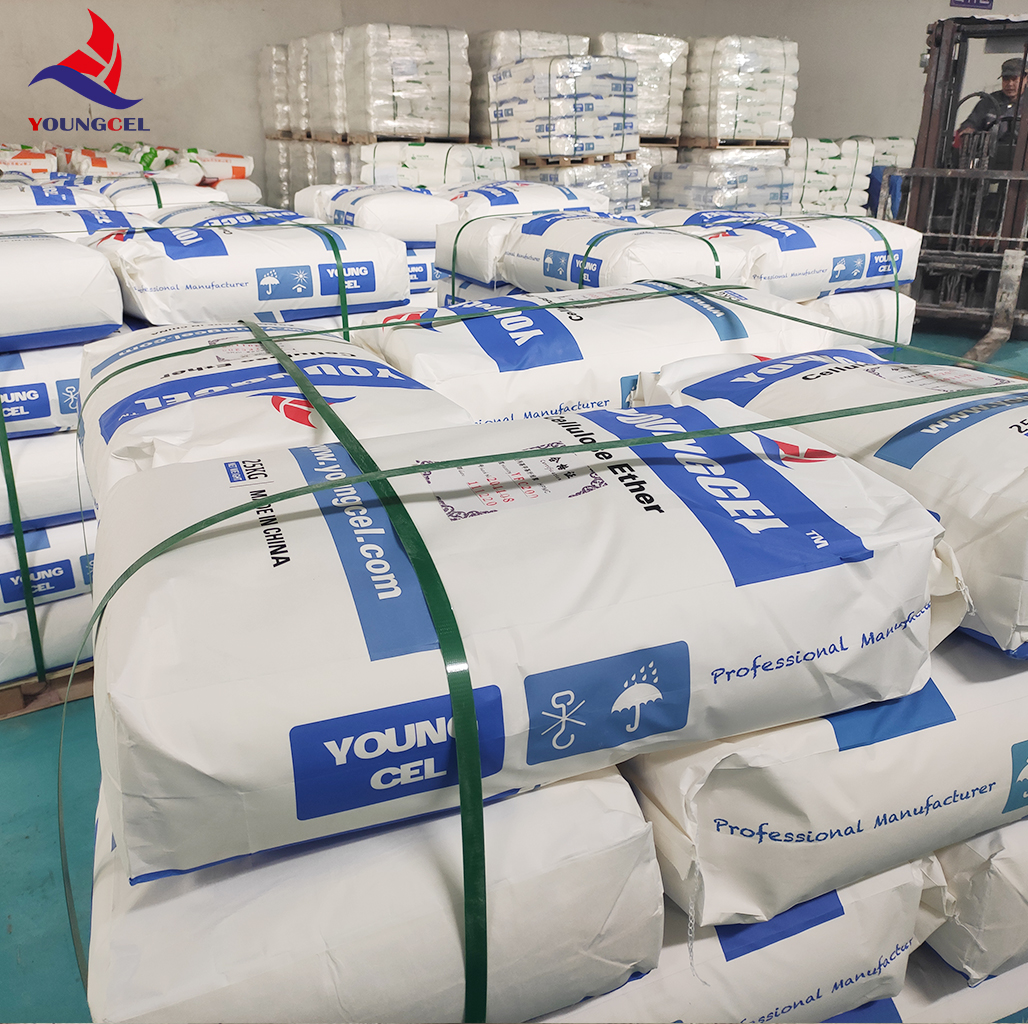
Key Features and Benefits
- Enhanced Workability: HPMC improves the flowability and ease of application of cement mortars and tile adhesives.
- Water Retention: The compound's high water retention capacity prevents premature drying, ensuring optimal curing of construction materials.
- Adhesion and Cohesion: HPMC strengthens the bond between substrates and coatings, reducing the risk of cracking or delamination.
- Dimensional Stability: It minimizes shrinkage and deformation in plaster and mortar formulations.
- Cost-Effectiveness: By reducing the need for additional additives, HPMC lowers overall material costs.
These features make HPMC an ideal choice for construction professionals aiming to achieve durable, high-quality results. Its compatibility with various construction materials further expands its applicability across different projects.
Applications in the Construction Industry
HPMC is extensively used in the following construction applications:
- Cement Mortar: Enhances workability and reduces water loss during application.
- Ceramic Tile Adhesive: Improves adhesion strength and prevents tile slippage.
- Refractory Coatings: Acts as a suspension agent and improves substrate adhesion.
- Gypsum Slurry: Enhances water retention and substrate bonding.
- Joint Cement: Improves fluidity and water retention in gypsum board joints.

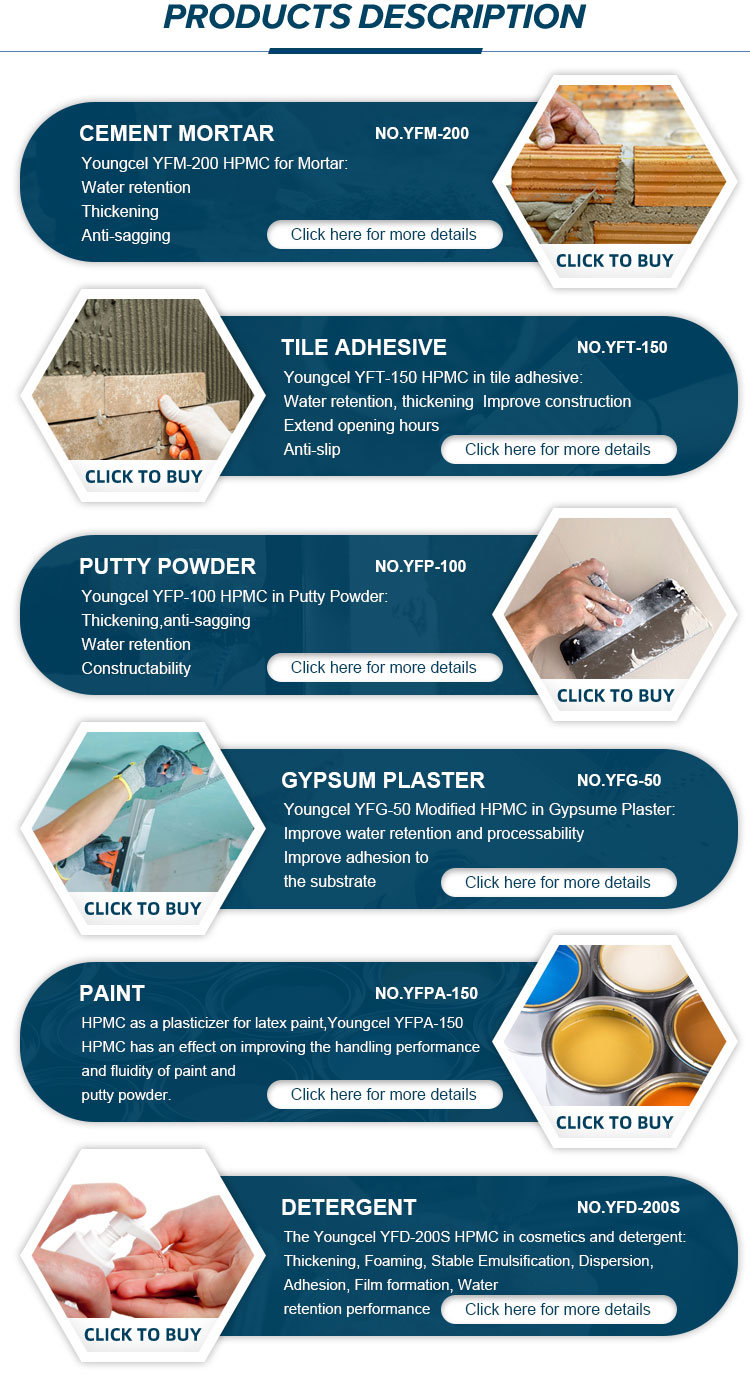
Company Background
Shijiazhuang Gaocheng District Yongfeng Cellulose Co., Ltd. is a leading manufacturer of cellulose derivatives, specializing in the production of HPMC for construction and industrial applications. Located in Shijiazhuang, Hebei Province, the company has established itself as a trusted supplier of high-quality chemical additives. With a focus on innovation and quality control, Yongfeng Cellulose ensures that its products meet international standards for performance and safety.
The company's commitment to excellence is reflected in its rigorous production processes and adherence to industry regulations. By leveraging advanced technology and a skilled workforce, Yongfeng Cellulose continues to deliver reliable solutions for the construction industry.

Conclusion
Hydroxypropyl Methyl Cellulose (HPMC) is a critical additive in modern construction, offering a range of benefits that enhance the performance of cement mortars, tile adhesives, and plaster formulations. Its technical specifications, including high solubility, thermal stability, and water retention, make it a versatile solution for diverse applications. Shijiazhuang Gaocheng District Yongfeng Cellulose Co., Ltd. continues to lead the industry with its commitment to quality and innovation, ensuring that its products meet the evolving needs of construction professionals.

References
NIST Guide to the SI provides authoritative guidelines on the use of the International System of Units (SI), ensuring consistency in scientific and technical communication. While not directly related to HPMC, the principles outlined in this publication are essential for understanding the standardization of materials and measurements in construction. For further information, refer to the NIST website.
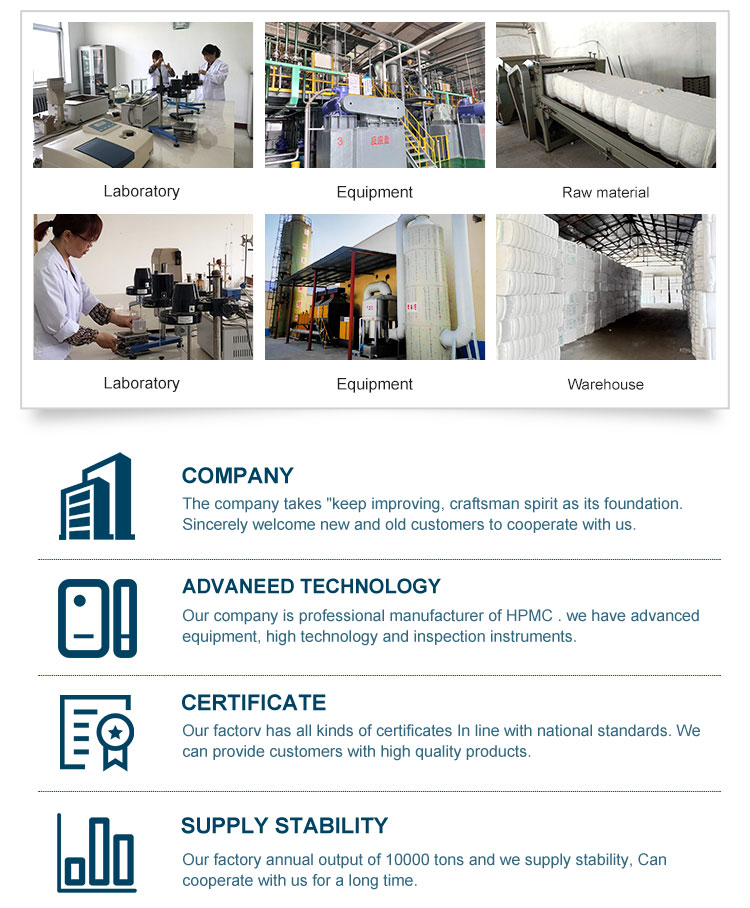
-
Understanding Methyl 2 Hydroxyethyl Cellulose: Uses, Benefits & Industry InsightsNewsNov.24,2025
-
Hydroxyethyl Methyl Cellulose HEMC: Industrial Uses, Benefits & Future TrendsNewsNov.23,2025
-
HEMC Cellulose: Versatile & Sustainable Industrial Polymer | YoungcelNewsNov.23,2025
-
Methyl Hydroxyethyl Cellulose: Versatile Building Block for Industry & SustainabilityNewsNov.23,2025
-
CAS 9032 42 2: Understanding Polyvinyl Alcohol's Impact on Industry & SustainabilityNewsNov.22,2025
-
Hydroxyethyl Methyl Cellulose: Versatile Solutions for Modern Industry and SustainabilityNewsNov.22,2025




